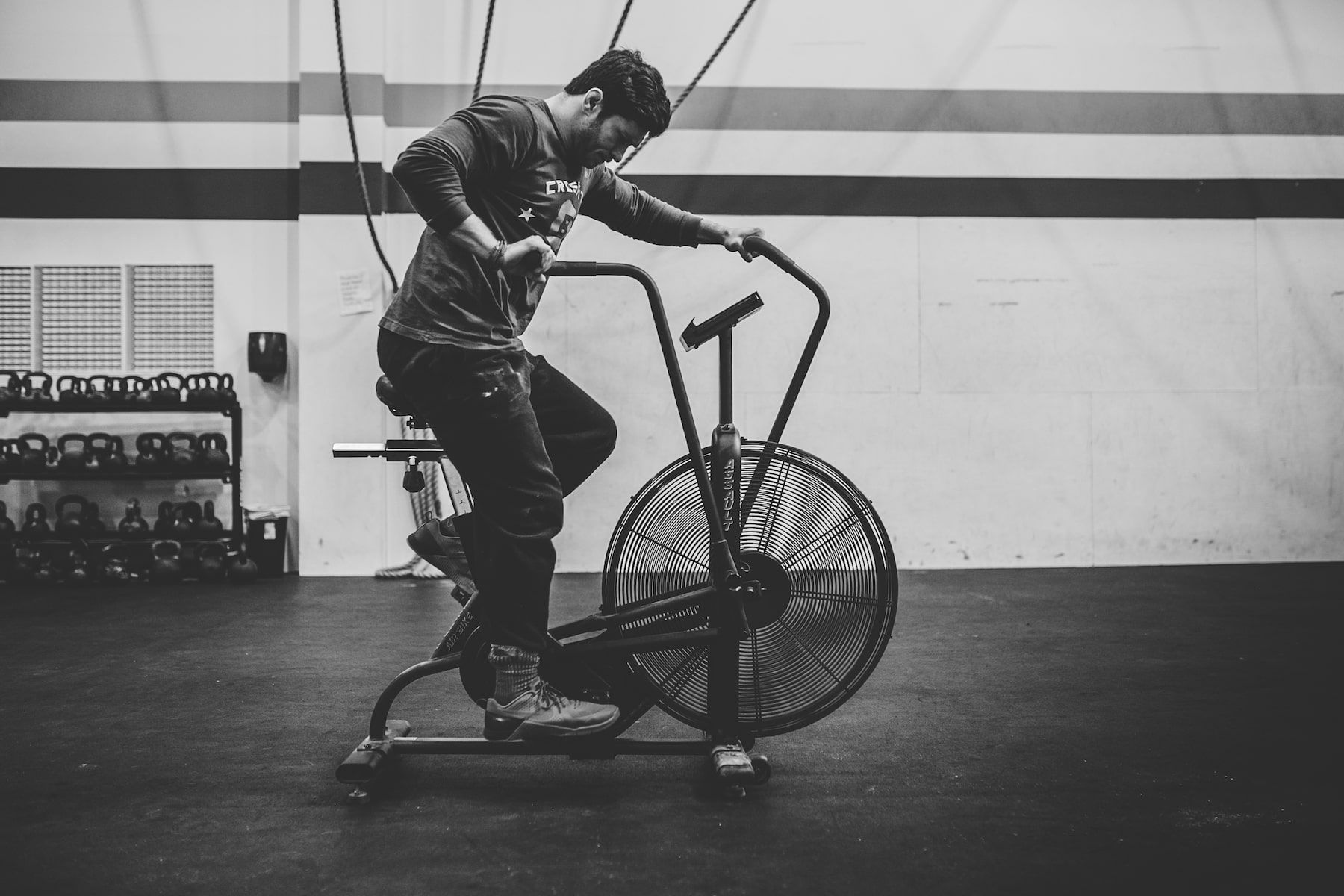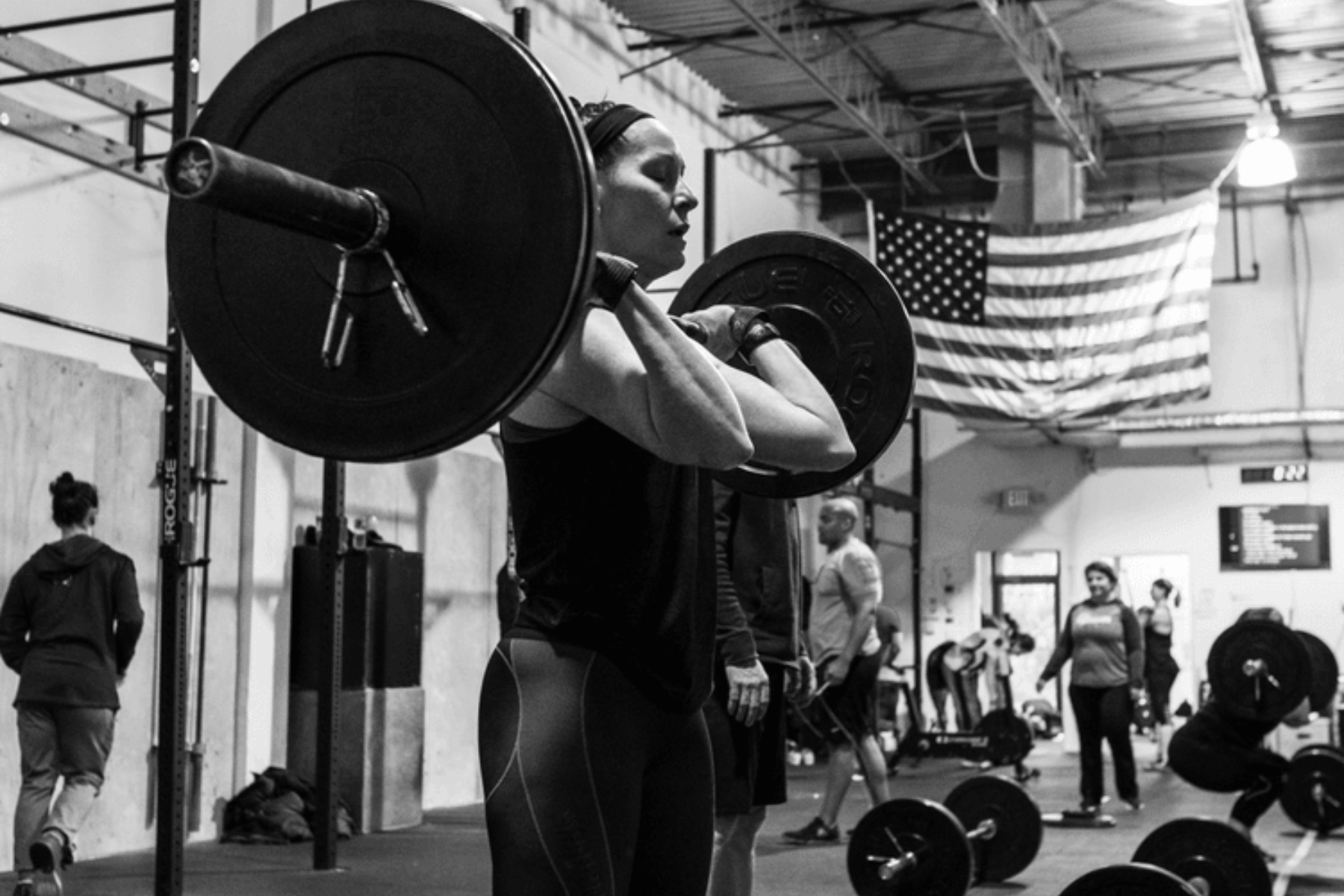Your Home For Crossfit in Bear, DE
CrossFit BEar
CrossFit classes & 24/7 open gym in bear, de
WHY
crossfit bear?
Enjoy CrossFit classes led by certified instructors, additional bonus workouts to help you reach your fitness goals, yoga, an certified physical therapist, and 24/7 gym access — all in addition to joining Bear's best fitness community!
Featured Programs
Unleash your athletic potential with programs designed to enhance your athletic performance.
Adult MEMBERSHIPS
* Discounts available for family, students, and first responders
Unlimited
Unlimited CrossFit classes, yoga, bonus workouts, and 24/7 gym access.
$175
Per month
8x/Month
8 gym visits per month, includes CrossFit, open gym, yoga, and bonus workouts.
$109
Per month
Kids MEMBERSHIPS (Ages 11-18)
* DISCOUNTS AVAILABLE FOR FAMILY, STUDENTS, AND FIRST RESPONDERS
15 Sessions
15 gym visits valid anytime, includes CrossFit, yoga, open gym, and bonus workouts.
$135
Per month
Unlimited
Unlimited CrossFit classes, yoga, bonus workouts, and 24/7 gym access.
$120
Per month
CLASS SCHEDULE
| Monday |
|---|
| Open Gym Hours 12am - 11:59pm |
| CrossFit 6am - 6:50am |
| CrossFit 7am - 8am |
| CrossFit 4:30pm - 5:30pm |
| CrossFit 5:30pm - 6:30pm |
| CrossFit 6:30pm - 7:30pm |
| Tuesday |
|---|
| Open Gym Hours 12am - 11:59pm |
| CrossFit 6am - 6:50am |
| CrossFit 7am - 8am |
| CrossFit 4:30pm - 5:30pm |
| CrossFit 5:30pm - 6:30pm |
| CrossFit 6:30pm - 7:30pm |
| Wednesday |
|---|
| Open Gym Hours 12am - 11:59pm |
| CrossFit 6am - 6:50am |
| CrossFit 7am - 8am |
| CrossFit 4:30pm - 5:30pm |
| CrossFit 5:30pm - 6:30pm |
| CrossFit 6:30pm - 7:30pm |
| Thursday |
|---|
| Open Gym Hours 12am - 11:59pm |
| CrossFit 6am - 6:50am |
| CrossFit 7am - 8am |
| CrossFit 4:30pm - 5:30pm |
| CrossFit 5:30pm - 6:30pm |
| CrossFit 6:30pm - 7:30pm |
| Friday |
|---|
| Open Gym Hours 12am - 11:59pm |
| CrossFit 6am - 6:50am |
| CrossFit 7am - 8am |
| CrossFit 4:30pm - 5:30pm |
| CrossFit 5:30pm - 6:30pm |
| Saturday |
|---|
| Open Gym Hours 12am - 11:59pm |
| CrossFit 6am - 6:50am |
| CrossFit 8am - 9am |
| Yoga 8am - 9am |
| CrossFit 9am - 10am |
| Sunday |
|---|
| Open Gym Hours 12am - 11:59pm |
CrossFit Bear
106 Carson Dr, Bear, DE 19701, United States of America
Join Bear's best fitness Community
GET STARTED WITH A FREE TRIAL.
QUICK LINKS
HOURS
- Mon - Wed
- - -
- Thursday
- - -
- Friday
- - -
- Saturday
- -
- Sunday
- Closed






